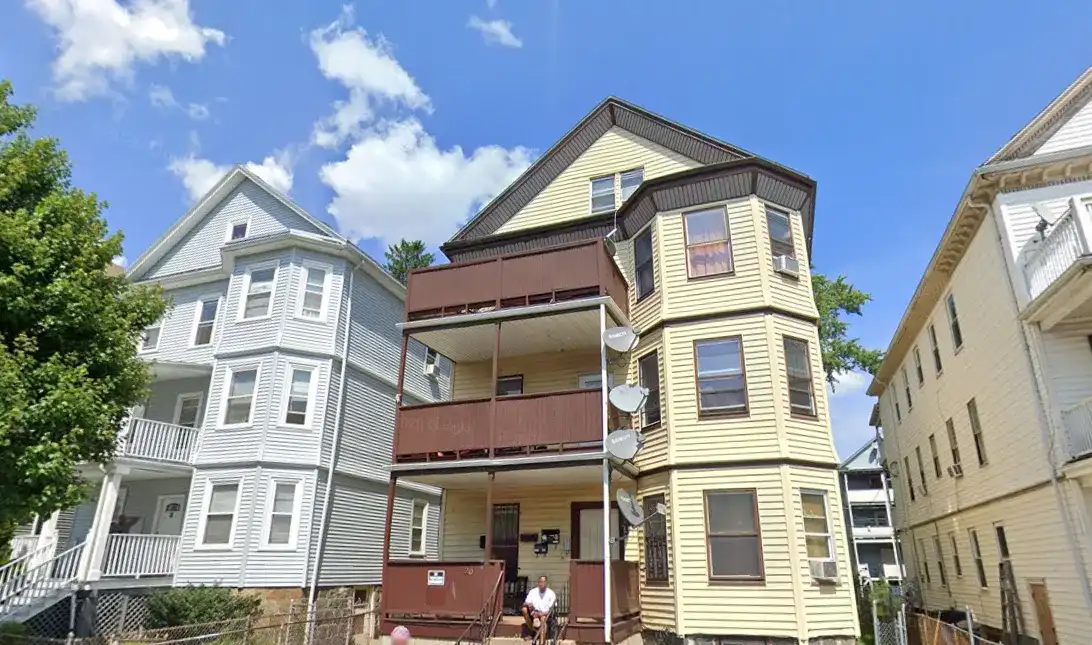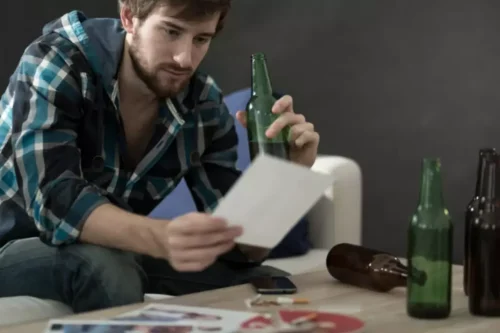Marijuana Addiction: 5 Signs Someone Is Addicted to Weed

Others report feelings of aggression, nervousness, restlessness, and a loss of concentration. Although regular marijuana smokers may not believe that they’re addicted to the drug, experiencing cravings is a hallmark of addiction. This is true whether the addiction is to other substances such as heroin or alcohol, or activities like gambling, shopping, or sex.
Support Our Mission

Losing that time can show up in poor school grades and discipline at work. If even your cannabis buddies are moving out of your circle, they are trying to tell you something. It’s a long life-lesson that too much of a good thing means trouble. A high level of THC in the body can lead to acute marijuana toxicity. Olivine is a Texas-based psychologist with over a decade of experience serving clients in the clinical setting and private practice.
Tips for Reducing Addiction Risk

A 2014 review looked at the available research regarding people with epilepsy using marijuana to ease their seizures. Currently, 31 states and the District of Columbia have laws legalizing marijuana in some form. In fact, 10 states and the District of Columbia allow marijuana for recreational use. But family ties may also help some people avoid progressing to a state of addiction. Detoxification is not a standalone cure for CUD but the initial step toward long-term recovery and wellness.
Building up a tolerance
In 2014, states that had legalized medical marijuana reported a 25 percent drop in deaths resulting from an overdose of pain medication. The Canyon, a treatment center in Malibu, California, lists 10 signs that someone might have an addiction to marijuana. Among the signals is a growing tolerance for the drug’s effects, as well as using more marijuana than they initially intended to use. Dr. D’Souza and others at Yale Medicine are hard at work developing the most promising behavioral, pharmacological, and combined treatments for cannabis use disorder. Adolescence, a period during which the brain is undergoing major changes, is an extremely poor time period for young people to try the effects of marijuana. Cannabis use in adolescence has been reported to increase the risk for schizophrenia.
- Detoxification is a crucial first step in treating CUD, designed to safely manage withdrawal symptoms as the body clears itself of THC.
- Amanda Reiman, PhD, policy manager for the California office of the Drug Policy Alliance, and lecturer at the University of California Berkeley, shed light on this trend.
- CBD is marketed as an ingredient in many consumer products, including supplements, foods, oils, and lotions.
- A healthcare provider or mental health professional can help determine the symptom’s root cause and provide options for easing its effects.
Marijuana Addiction: Signs, Causes, Risk, Treatment and Prevention

After smoking pot heavily for a few months or longer—whether as a regular pattern, in binges, or due to addiction—you may experience withdrawal symptoms when abruptly stopping its use. But even though more and more people are using marijuana and it is less addictive than other drugs, users aren’t exempt from the symptoms of withdrawal. Whatever name you give it—cannabis, weed, pot, etc—marijuana is the most commonly used illicit drug and you probably know someone who partakes. It feels dated to even call it an illicit drug but despite some form of legalization in 24 states, it is still outlawed at a federal level. As the concerning behavior persists, it becomes more difficult for concerned individuals to deny that there may be a problem.
- At home, at work, or in other places where sobriety is the norm, individuals who are high on marijuana may sometimes go unnoticed.
- Withdrawal symptoms can increase your risk of marijuana use relapse (using marijuana again).
- Those who smoke or ingest marijuana may build up a tolerance over time, meaning they need to use more to experience the same effects.
- They’re not driving under the influence of the drug or using the drug at work.
- CBT helps people identify why they use, develop relapse prevention and coping skills, and come up with more effective behaviors.
- Even though you may not be able to prevent marijuana abuse and addiction, there are things you can do to reduce the risk.
Much of the marijuana in the United States is grown locally, which is one factor that contributes to marijuana addiction. When imported from another country, marijuana typically comes from Mexico, Canada, Colombia, Jamaica, Thailand, Nigeria, South Africa and Kazakhstan. Imported marijuana typically comes in bricks, but individuals buying the drug on the street typically buy nickel or dime bags. Despite the negative influence their addiction has on their life, however, someone with cannabis use disorder will continue to use marijuana. If you’re concerned about developing CUD, talk to your healthcare provider sooner rather than later. Food and Drug Administration (FDA) hasn’t approved any medications for marijuana withdrawal, specifically.
The negative effects of use appear to be more of an issue for those who use more often and over a longer period of time. However, research is limited and the details of the negative effects on the brain are not fully understood. Although not nearly as extreme as heroin or alcohol withdrawal, quitting marijuana does appear to cause withdrawal symptoms in heavy, frequent users. Over time, the continued need to consume cannabis to avoid withdrawal symptoms and to regain the pleasurable effects can lead to addiction, formally known as Cannabis Use Disorder (CUD). Regular or heavy use of cannabis can result in marijuana addiction the development of tolerance and dependence. A person will need more and more marijuana to achieve the same effects.


